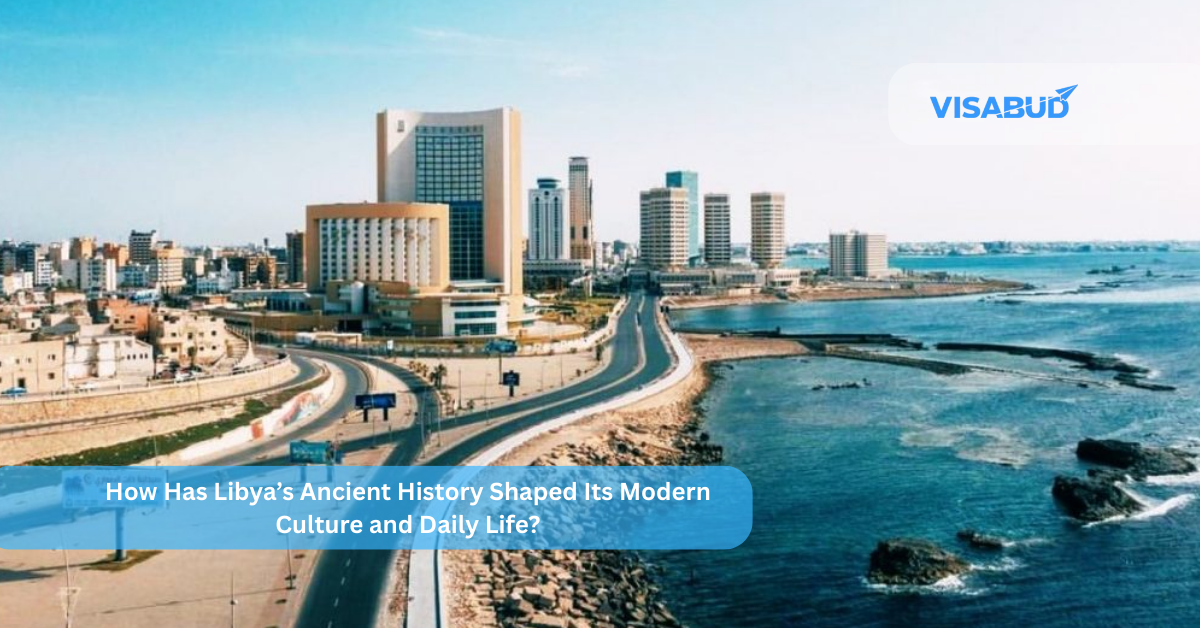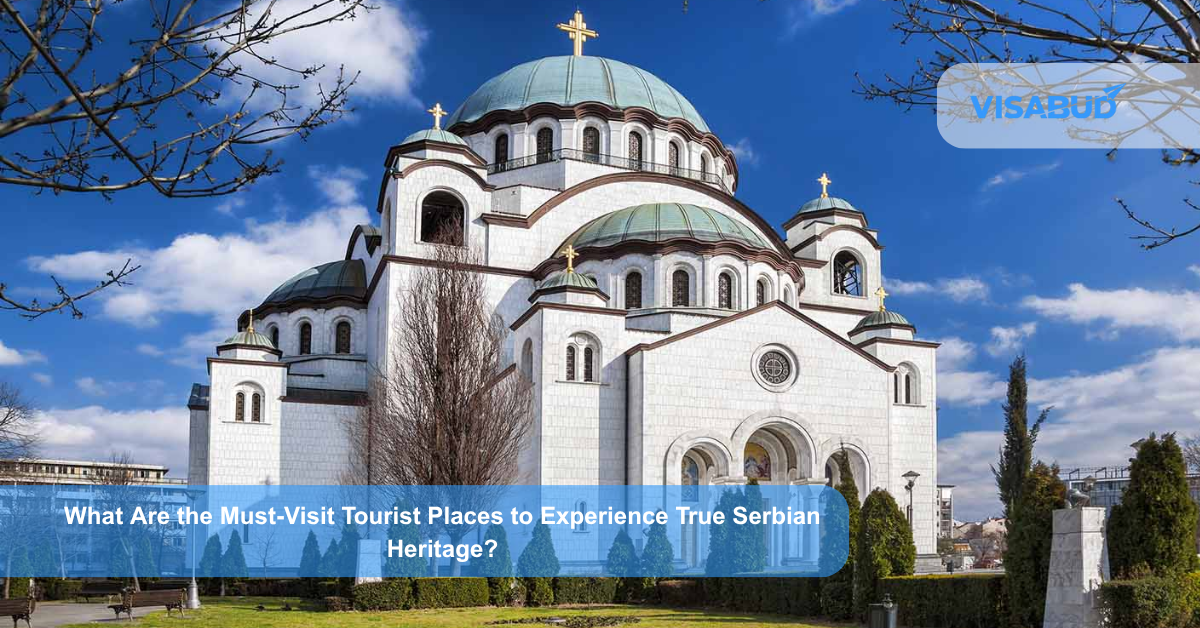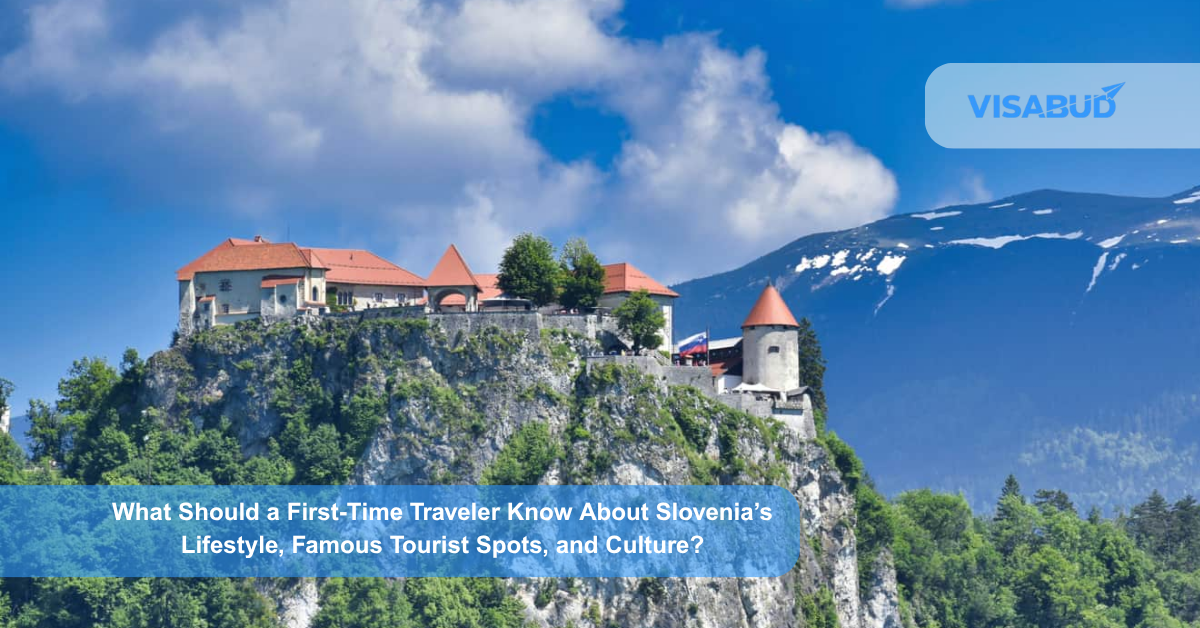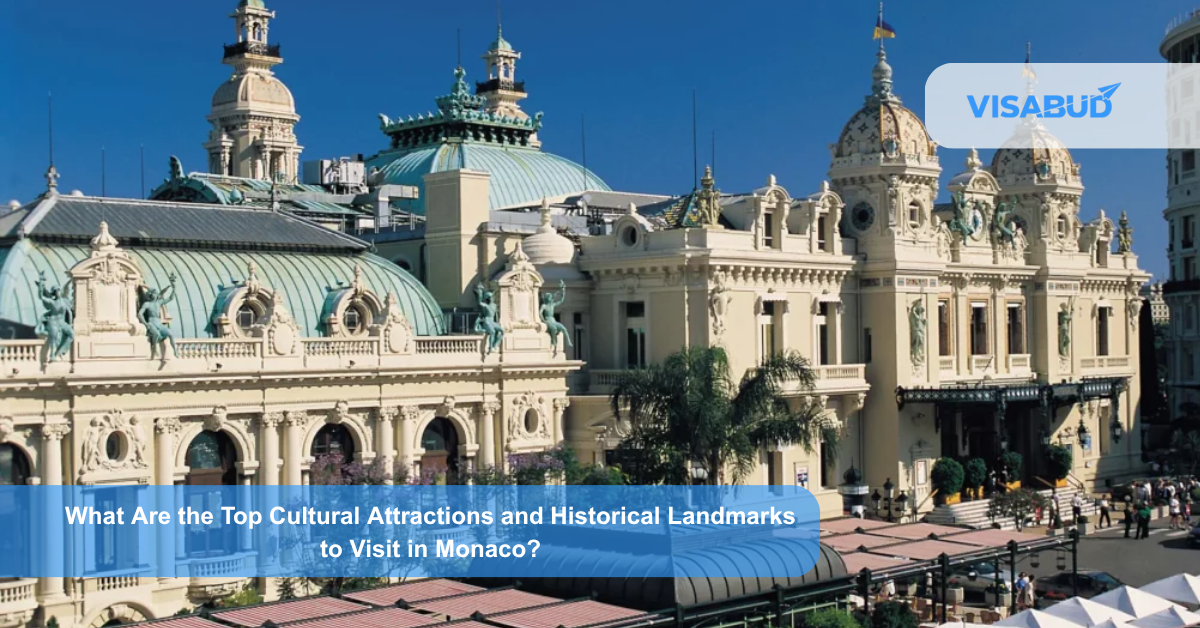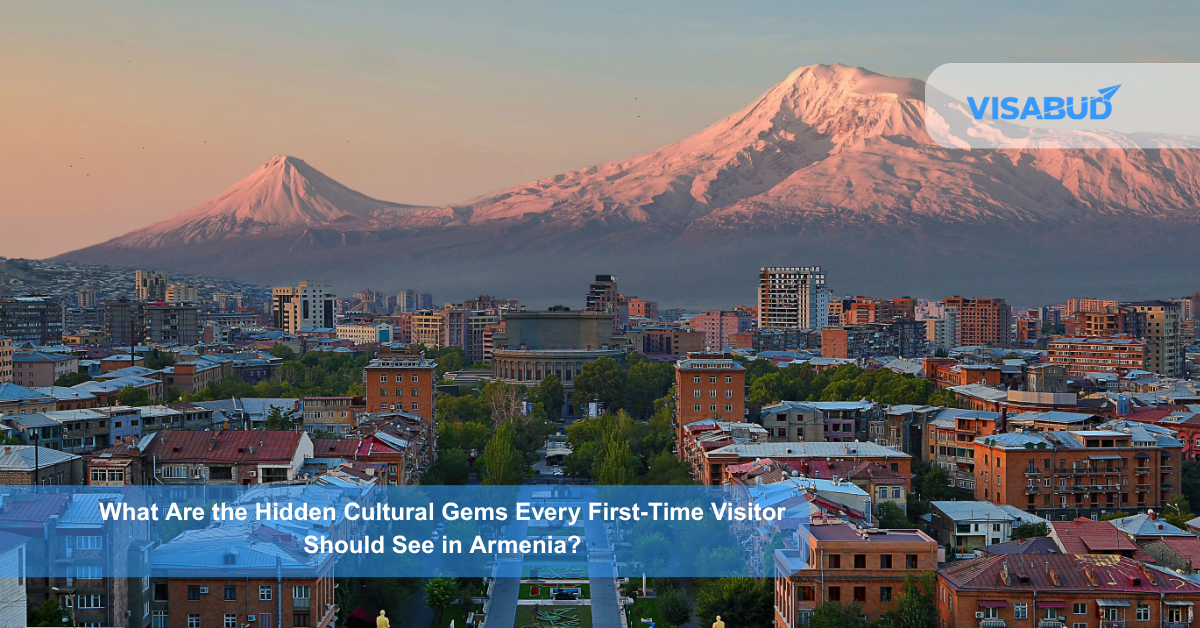Libya is a country in North Africa with a very long history. Many people know Libya today for its oil and desert landscape, but fewer people realize that it has one of the richest ancient histories in the world. The land that is now Libya was once home to powerful civilizations like the Greeks, Romans, Phoenicians, Berbers, and early Arab rulers. These old cultures left behind buildings, languages, traditions, and ways of living that are still seen every day in modern Libya.
In this article, we will explore how Libya’s long ancient history shapes its lifestyle today. We will look at influences on food, clothing, language, religion, families, art, and the way people celebrate. The goal is to understand how the past is still alive in daily life.
Ancient Civilizations That Lived in Libya
Before understanding the present, it is important to know who lived here long ago. Many strong civilizations passed through Libya, including:
Each group brought something special: culture, rules, trade, religion, and art. Today, you can still see the remains of Roman theatres, Greek temples, old forts, and ancient roads standing proudly in places like Leptis Magna and Sabratha.
How Ancient History Influences Modern Libyan Culture
1. Architecture and City Design
Many buildings in Libya today follow ancient Roman and Greek design styles. Large arches, stone columns, and amphitheatres are still part of the landscape. Things that came from ancient times include:
Modern Libyan homes often have central open-air spaces similar to old Roman houses.
2. Language and Writing
Arabic is the main language spoken today, but many Arabic words used in Libya come from Berber, Latin, or Greek roots. In some regions, people still speak Amazigh (Berber language), which is thousands of years old. Ancient history also influences:
3. Food and Eating Style
Traditional Libyan food comes from many old cultures. Ingredients like wheat, olives, dates, and lamb were used in ancient times and remain popular today. Some dishes with historical roots include:
The way food is eaten together, sitting on the floor, sharing one plate also comes from the past.
4. Family Traditions
Family is very important in Libya, just like it was in ancient Berber and Arab societies. Families live close to each other and support each other. Some traditional values from ancient times include:
Libyan hospitality is famous. People always offer tea, dates, and food to guests, a tradition thousands of years old.
5. Clothing
Traditional Libyan clothing has roots in ancient Greek, Roman, and Berber designs. Many people still wear traditional clothes for celebrations such as:
Clothing styles help preserve cultural identity.
6. Religion and Beliefs
Islam is the main religion today, but many cultural habits came from older civilizations. Respect for nature, family bonding, and festivals like Eid keep ancient community connections strong.
7. Art, Music, and Dance
Libya’s music uses drums, flutes, and traditional rhythms that date back to ancient Berber culture. Storytelling in music is very old. Popular cultural expressions include:
These art forms have been passed from generation to generation.
How Ancient Ruins Help the Country Today
Tourism
Libya is home to some of the most well-preserved ancient sites in the world. Places like:
These attract historians, tourists, and researchers. Tourism brings income, jobs, and global respect.
Education
Schools and universities teach history, archaeology, and cultural heritage. Students learn to protect old monuments and understand where their culture comes from.
Daily Life Examples Influenced by Ancient Culture
Ancient life is not gone, it is blended with modern living.
Why Protecting Ancient History Matters in Libya
Ancient history gives identity and pride. It reminds people who they are and where they came from. Protecting history helps:
When history is lost, culture weakens, so Libyans work to preserve old buildings, languages, and traditions.
Frequently Asked Questions (FAQs)
1. Why is Libya’s ancient history important?
Because it explains how Libyan culture, architecture, traditions, and language developed over thousands of years.
2. Which ancient civilizations lived in Libya?
Berbers, Phoenicians, Greeks, Romans, Byzantines, Arabs, and Ottomans.
3. What ancient ruins are famous in Libya?
Leptis Magna, Sabratha, Cyrene, and Tripoli’s old city.
4. How does ancient history influence Libyan food?
Many traditional dishes and food customs came from old Mediterranean and Berber cultures.
5. Are traditional languages still spoken?
Yes. Some people still speak Amazigh (Berber language).
6. How is family life influenced by ancient traditions?
Families stay close, respect elders, and share meals together.
7. Why is architecture important in Libya?
Because ancient Roman and Greek designs still influence building styles today.
8. How does ancient culture show in clothing?
Traditional clothing styles come from Berber, Arab, and Mediterranean history.
9. Does Libya still use old art and music?
Yes, traditional music, dances, and crafts are part of celebrations and culture.
10. How does tourism benefit from ancient history?
Tourism creates jobs and brings international visitors who want to see ancient ruins.
Conclusion
Libya’s modern culture is strongly shaped by its ancient past. The influence is visible in food, clothing, language, art, celebrations, and daily behavior. Modern Libya carries the spirit of ancient civilizations, keeping old traditions alive while adapting to the present. The country is like a living museum where history continues to breathe through its people.
For travel support, cultural information, or tour assistance, contact us now.
